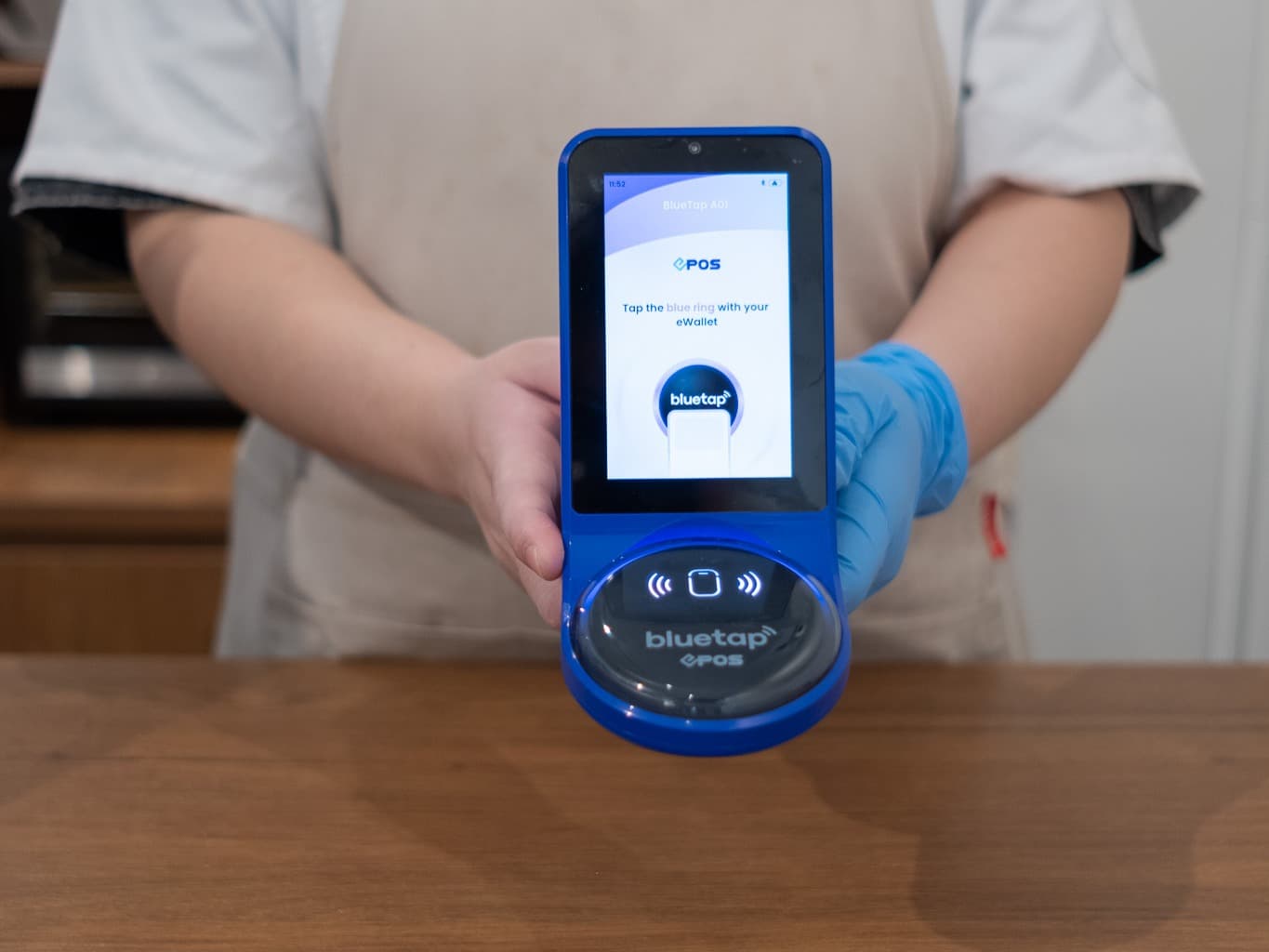

By Alex Hazell, Head of Legal and Privacy, Acxiom
In the UK, according to Statista, there are a staggering 57.6m active social media users and social media penetration hovers at around 90%. With the continuing rise of platforms such as TikTok, Snapchat, and Instagram, along with the anticipated opening of the walled gardens of big tech and the data they hold, there’s an opportunity for brands to learn more about customers through alternative methods.
In fact, adults spend an average of two and a half hours on social media platforms each day and the brands who are not engaging with them are missing out on valuable insights that can help drive business growth and build better relationships. Brands must act now to maximise insights from social media, while simultaneously emphasising ethical data collection – and this is where Customer Data Platforms (CDPs) can help create that “Aha!” moment for marketing leaders.
Meet your customers where they are
Social media has caused a seismic shift when it comes to buying habits. Young adults are influenced by the people and content they engage with, which can have a direct impact on their end purchasing decisions. For example, a TikTok study recently found that 37% of Tiktok users discovered something on the platform and immediately went to buy it. This goes to show that social media networks today provide a magnifying glass into understanding how customers think and feel – and then use this insight to convert interest to sales.
However, those brands who don’t effectively analyse social conversations or interactions are missing out on the information they need to convert window shoppers into customers. Social media platforms provide easy ways of listening, such as through hashtags on Twitter and Instagram, and these can reveal levels of customer awareness and sentiment towards a particular brand, product or issue – perhaps before it has even been directly raised with the organisation.
Listening to customers isn’t just about collecting raw data, but taking this further and thinking about how it translates into further insight. For example, looking at someone’s post in isolation could provide a certain amount of information, but analysing the number of engagement including likes, reposts and comments could paint a clearer picture of customer sentiment.
People often take to social media platforms to have their voice amplified – everyone wants to be heard and seen, and brands need to see the value in this if they want to create loyal customers.
Putting ethics and data privacy first
With a wide range of ways to share direct and real-time feedback at our fingertips, brand trust now takes time to earn and can be destroyed through a single negative interaction. According to Acxiom research, 69% of customers have high levels of concerns about online privacy, falling from 84% in 2012. However, almost half of UK customers (46%) are willing to exchange their data with businesses as long as there is a clear benefit to doing so.
The UK Government is currently mapping out how the General Data Protection Regulation (GDPR) can be reformed in a post-Brexit world which may cut some red tape and make it easier to use data for marketing and advertising. Alongside this, the EU’s Digital Markets Act (DMA) which went live towards the end of last year signals a key moment for how the use of data for marketing will be shaped. We can expect it to strip some of the power away from big tech, especially when it comes to data, and distribute it more equally across organisations of all sizes. The UK’s Digital Markets Unit (DMU) aims for a similar effect
For brands this will mean keeping a close eye on how they can capitalise on this “opening up” of social media platforms, as well as the need to be diligent around privacy when it comes to stitching together datasets from different channels, to ensure they are being compliant and still getting the most out of their social strategies.
It’s clear that value exchange and transparency are key to ensuring people feel comfortable sharing their data, and brands need to put tangible steps in place to action this now if they want to keep their customers loyal.
Using CDPs to create a lightbulb moment
Collecting data ethically forms step one of the customer insight process. The next stage involves using one platform as a single source of truth to ensure brands can view disparate data holistically. For example, a customer data platform (CDP) can combine data streams from multiple sources including social platforms, which target customers based on their behaviours and use predictive analytics to model future behaviours.
However, it’s not as simple as gathering data from multiple sources and consolidating it on one platform, especially with the likes of Facebook and Google who guard the data they collect with limited outside sharing. This is where the DMA and DMU need to increase the amount of sharing in the future – in a transparent and privacy compliant way of course – which is a good reason for brands to review the social media data they ingest on a regular basis.
If all these measures are put in place, then brands will have the information they need, gathered across a range of channels, to reach customers in the right way at the moments that matter to them – all working towards building lasting loyalty and trust.


